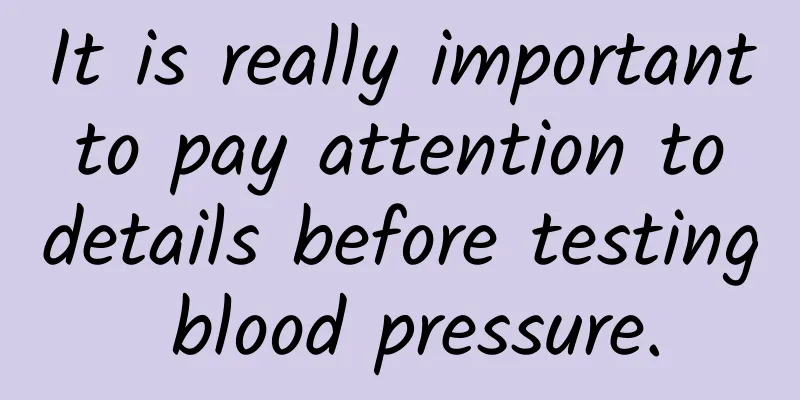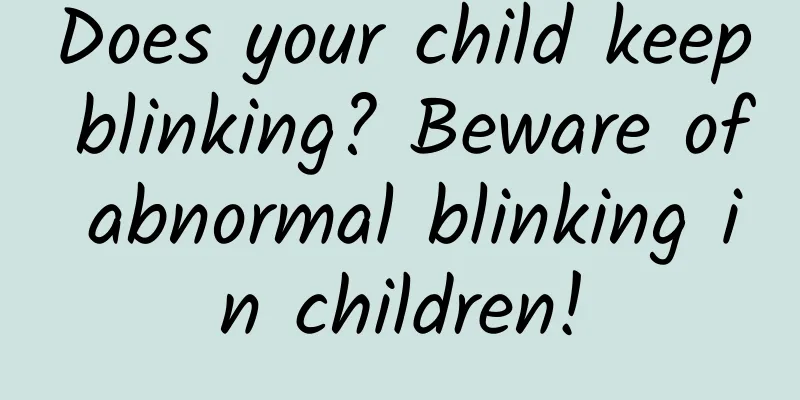Causes of lower abdominal pain in women

|
Women often suffer from lower abdominal pain for unknown reasons. Some women experience pain during menstruation, which is a physiological phenomenon and can heal itself. Non-menstrual lower abdominal pain that worsens before and after menstruation may be caused by certain diseases. For example, the main causes of acute lower abdominal pain are acute pelvic inflammatory disease, miscarriage, rupture of gynecological tumors, ectopic pregnancy, etc. The main causes of chronic lower abdominal pain are chronic pelvic inflammatory disease, endometriosis, and pain after birth control surgery. Once a woman experiences lower abdominal pain, she should pay enough attention to it and not resist it. Otherwise, it may be too late once she develops a serious illness. She should carefully identify the nature of the pain and go to the hospital for examination and treatment in time. Causes of lower abdominal pain in women: 1. Ovulation abdominal pain When adolescent girls ovulate, the follicle ruptures and the follicular fluid may have a certain stimulating effect on the peritoneum, so they sometimes experience mild abdominal pain that alternates between the left and right sides once a month. This is physiological, and the symptoms are mostly unilateral lower abdominal pain, dull pain or heaviness-like pain. Some girls also have a small amount of vaginal bleeding, that is, ovulation bleeding, which usually disappears on its own after one or two days, and generally does not exceed seven days. This type of abdominal pain usually does not cause any pathological changes, and the gynecological examination is completely normal. It is physiological abdominal pain and generally does not require treatment. 2. Dysmenorrhea Dysmenorrhea is divided into primary and secondary dysmenorrhea. Primary pain is often seen in adolescent girls. It is related to the level of prostaglandins in the body, cold, emotional and psychological factors, but there is no organic disease. It can generally heal itself with age or after marriage and childbirth. Common causes of secondary pain are endometriosis and adenomyosis. The symptoms include gradually increasing pain, often in a cyclical pattern, or dull pain in the lower abdomen during non-menstrual periods that worsens before and after menstruation. In addition, it is often accompanied by infertility and menstrual disorders, which often require drug treatment. Women who experience long-term lower abdominal pain should pay more attention to their bodies and seek medical attention promptly for severe colic or unexplained persistent pain to find out the cause. Women's reproductive organs are more likely to be infected, so we must be vigilant and seek timely treatment to avoid damage to the body. You should exercise more often to improve your immunity and not give viruses the opportunity to infect you. I believe that women can be healthy and beautiful at the same time. |
<<: Causes of vaginal warts in women
>>: What causes vaginal bleeding after bowel movements?
Recommend
What preparations should you make before pregnancy?
Preparing for pregnancy is an important matter fo...
What does melasma look like and where is it distributed?
Many women have brown spots and think they are ch...
It hurts to urinate after the first time.
An indispensable and beautiful part of life is se...
Is it normal to have blood clots during menstruation?
Menstruation is a sign of women's health. If ...
Reasons why women's urine becomes thinner
We all know that the human bladder is mainly used...
Why is my period suddenly less?
Menstruation can be said to be a woman’s best fri...
What are the breast enhancement techniques?
Every woman hopes to have a plump chest. Having p...
Symptoms of mycoplasma infection in girls
Mycoplasma infection in girls is relatively rare ...
Can I eat donkey-hide gelatin to regulate my period after menstruation?
As we all know, during menstruation, girls' b...
How to treat endometriosis
Nowadays, there are more and more gynecological d...
What is the cause of breast pain and lump?
For female friends, the most undesirable thing is...
What to do if the amniotic fluid is too much at 32 weeks?
Many pregnant women want to know what to do if th...
How to have an abortion when pregnant
Not all pregnancies are natural. Some people choo...
Symptoms of Kidney Yang Deficiency in Women
The symptoms of kidney yang deficiency mainly occ...
Are apples available all year round? Why do apples turn brown?
Apple is the fruit of the genus Malus in the Rosa...








![[Medical Q&A] How to diagnose autism early?](/upload/images/67f0e3b835df7.webp)
